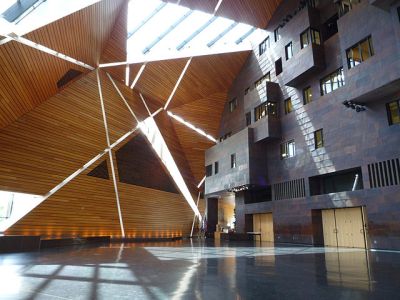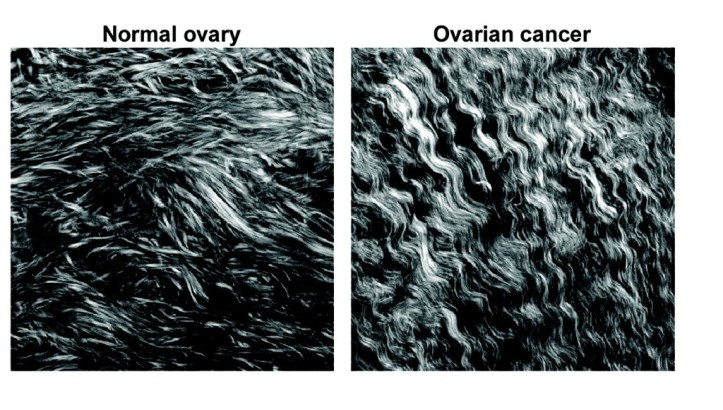A couple weeks ago, over 300 scientists and engineers with an interest in nanotechnology met together in Minneapolis at the American Society for Mechanical Engineering Nanoengineering in Medicine and Biology meeting. If the title seems like a mouthful, that’s because it is. We just called the conference NEMB (prounounced “N-E-M-B”).
Although it seems like I just returned from another conference — the American Chemical Society (ACS) meeting in Denver — I was able to attend NEMB because it was held right on the University of Minnesota campus. Instead of heading one block west from my bus stop to my normal office and lab, I went one block east to the McNamara Alumni Center.

The differences between the two conferences were pretty dramatic. First, ACS had over 10,000 attendees, while NEMB had just over 300. That means that the topics covered at NEMB were narrower in scope, but it also gave me a lot more opportunity to interact with other conference-goers. I actually got to talk with a few of the speakers about their research once they had finished their presentations, which is really valuable if you are looking for insights on a new field of research or want to brainstorm how to handle a problem you’re encountering in lab.
Second, the NEMB conference was specifically an engineering conference while ACS is hosted by chemists. You might not think it makes a big difference, but it does! Although we are all scientists, we can approach the same problems very differently. For example, I attended a tutorial about the microenvironment of tumors in cancer. Chemists usually discuss this issue by talking about all the (wait for it) chemicals involved. We think about how cells signal to each other using chemicals and the acidity of the cells’ environment. In contrast, the engineers at NEMB talked about the stiffness of the tissue surrounding tumor cells and the way cells, proteins, and signaling molecules follow in oriented tracks around the tumor, almost like physical roadways of collagen that run through the tumor environment. I’m glad to have experienced this fresh perspective. It’s one of the benefits of working in an interdisciplinary group!

One thing that I really enjoyed about the NEMB conference is that it made a big deal out of the poster session and its (mostly) student contributors. As has been mentioned in a previous blog post, most conferences have a poster session where scientists can share their research quickly with many people. It’s a good way to get new ideas and learn about a new topic; however, poster sessions (and the students participating) don’t always get the respect they deserve. Sometimes talks or other activities are scheduled at the same time as the poster session, lowering the attendance and the perceived importance. At NEMB, the poster session was held during its own dedicated time, free food was provided, and there was even a friendly competition with a monetary prize! Finalists chosen by expert judges were given the chance the next day to present their research in three minutes or less to all of the NEMB attendees in a “lightning round.” I was fortunate to be one of these finalists, and although I didn’t win the grand prize, I appreciated the opportunity to present to such a large audience. I also learned that explaining my research in three minutes is not as easy as I had originally thought!
Overall, scientific conferences are a great way for researchers to share their work, get new ideas, and have fun together. Whether it’s a huge event in a different city or a smaller gathering just down the road, there is always something to be gained. Members of our Center for Sustainable Nanotechnology can learn a lot from the perspectives of engineers using nanoparticles. Further, we can share our perspectives on the importance of developing nanotechnology solutions that are safe and sustainable as well as effective. CSN professors Christy Haynes and Cathy Murphy gave keynote talks on those very issues at this conference. In the future, I hope other members will be able to attend contribute as well.
Campagnola, P. Second Harmonic Generation Imaging Microscopy: Applications to Diseases Diagnostics. Analytical Chemistry. 2011, 83 (9), 3224–3231. DOI: 10.1021/ac1032325
